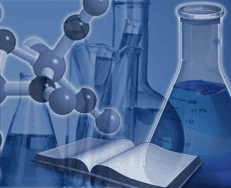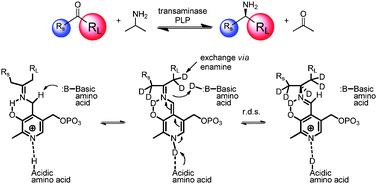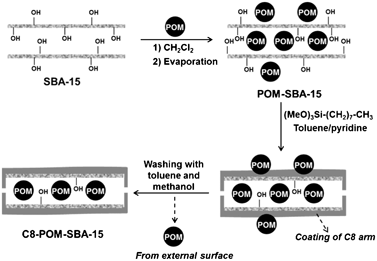This month sees the following articles in Catalysis Science & Technology that are in the top ten most accessed:-
Graphene-based materials for catalysis
Bruno F. Machado and Philippe Serp
Catal. Sci. Technol., 2012, 2, 54-75 DOI: 10.1039/C1CY00361E
Conversion of lignocellulose into renewable chemicals by heterogeneous catalysis
Hirokazu Kobayashi , Hidetoshi Ohta and Atsushi Fukuoka
Catal. Sci. Technol., 2012, 2, 869-883 DOI: 10.1039/C2CY00500J
Rational design of heterogeneous catalysts for biodiesel synthesis
Karen Wilson and Adam F. Lee
Catal. Sci. Technol., 2012, 2, 884-897 DOI: 10.1039/C2CY20038D
Nanostructured Titania: the current and future promise of Titania nanotubes
Kevin C. Schwartzenberg and Kimberly A. Gray
Catal. Sci. Technol., 2012, Advance Article DOI: 10.1039/C2CY00538G
Selective oxidation of glycerol to dihydroxyacetone over a Pd–Ag catalyst
Shota Hirasawa , Yoshinao Nakagawa and Keiichi Tomishige
Catal. Sci. Technol., 2012, Advance Article DOI: 10.1039/C2CY20062G
Metal–organic frameworks as heterogeneous catalysts for oxidation reactions
Amarajothi Dhakshinamoorthy , Mercedes Alvaro and Hermenegildo Garcia
Catal. Sci. Technol., 2011, 1, 856-867 DOI: 10.1039/C1CY00068C
Glycerol utilization: solvent-free acetalisation over niobia catalysts
G. S. Nair , E. Adrijanto , A. Alsalme , I. V. Kozhevnikov , D. J. Cooke , D. R. Brown and N. R. Shiju
Catal. Sci. Technol., 2012, Advance Article DOI: 10.1039/C2CY00335J
Shape-controlled synthesis of Cu2O microparticles and their catalytic performances in the Rochow reaction
Zailei Zhang , Hongwei Che , Jiajian Gao , Yingli Wang , Xilin She , Jin Sun , Poernomo Gunawan , Ziyi Zhong and Fabing Su
Catal. Sci. Technol., 2012, Advance Article DOI: 10.1039/C2CY20070H
Metal–organic frameworks for catalysis: the Knoevenagel reaction using zeolite imidazolate framework ZIF-9 as an efficient heterogeneous catalyst
Lien T. L. Nguyen , Ky K. A. Le , Hien X. Truong and Nam T. S. Phan
Catal. Sci. Technol., 2012, 2, 521-528 DOI: 10.1039/C1CY00386K
Fischer–Tropsch reaction–diffusion in a cobalt catalyst particle: aspects of activity and selectivity for a variable chain growth probability
David Vervloet , Freek Kapteijn , John Nijenhuis and J. Ruud van Ommen
Catal. Sci. Technol., 2012, Advance Article DOI: 10.1039/C2CY20060K
Why not take a look at the articles today and blog your thoughts and comments below.
Fancy submitting an article to Catalysis Science & Technology? Then why not submit to us today or alternatively email us your suggestions.



















